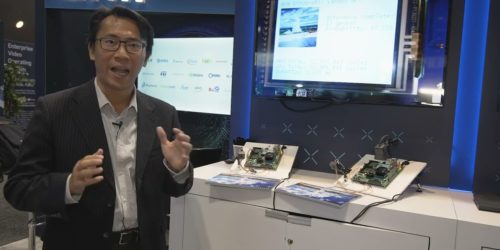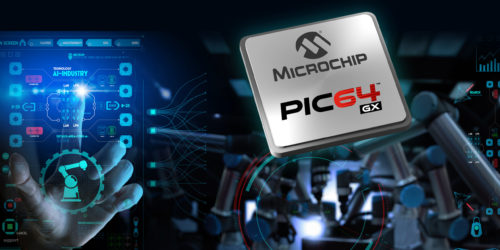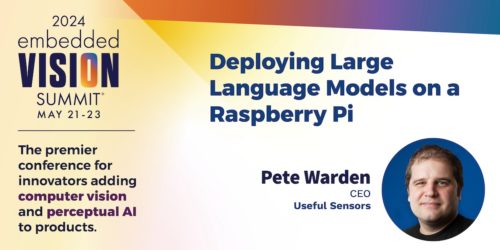AMD to Acquire Silo AI to Expand Enterprise AI Solutions Globally
Europe’s largest private AI lab to accelerate the development and deployment of AMD-powered AI models and software solutions Enhances open-source AI software capabilities for efficient training and inference on AMD compute platforms SANTA CLARA, Calif. — July 10, 2024 — AMD (NASDAQ: AMD) today announced the signing of a definitive agreement to acquire Silo AI, […]
AMD to Acquire Silo AI to Expand Enterprise AI Solutions Globally Read More +











